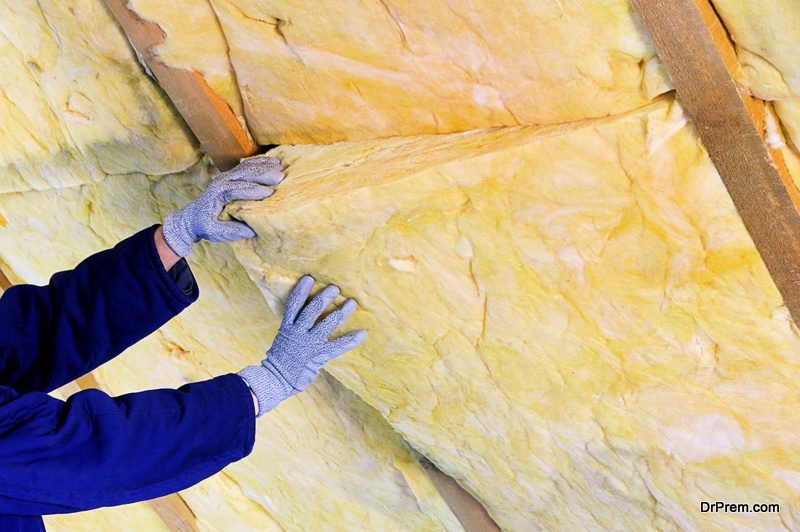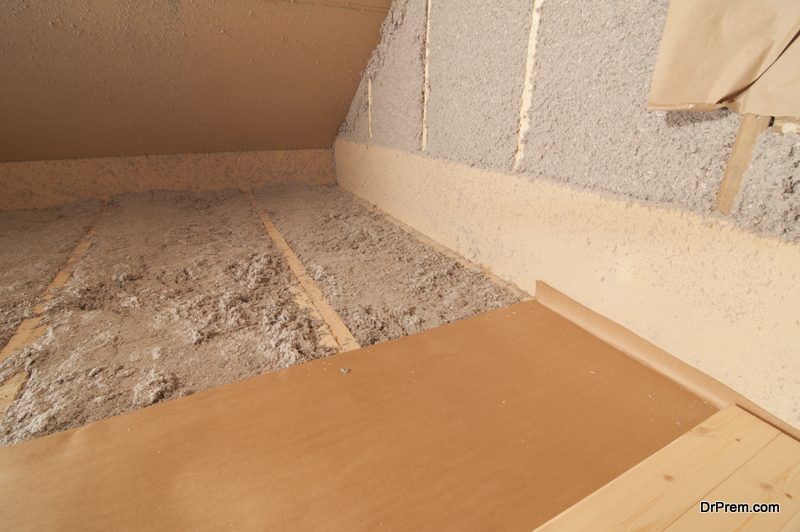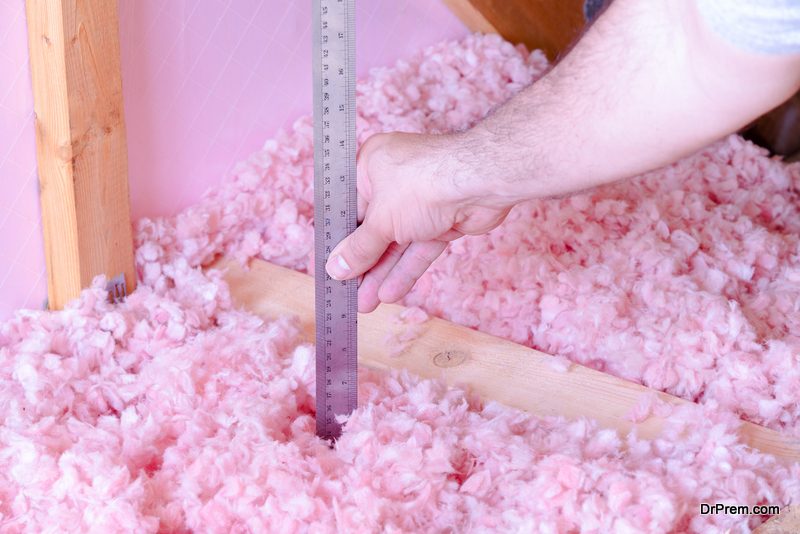The concept of the basement is not a new one, and even in the modern house you will find the cozy basement. It gives an archetypal appeal. Basement living during winters can be tough because it is cold and dull. You need to expand the concept of practical living, which includes the basement. So, insulating your basement in winter is always a good option. You need a lot of money and effort to fix the basement to make it warm. And for expert solution and plan result you can also consult “Basement development Calgary” which you best result.
There are certain tips that you need to follow for insulating your basement. These tips are practical, reliable and authentic. It will help you settle the basement in the perfect way.
1. Cheap Solution
 From the air drafts, all the coldness originates, and heat loss is high. The cold in the ground-level is the main problem. It enters the basement through vents, windows, spaces, ducts, pipes, header joist, non-condition room. If you seal the entry of cold air in the basement, then it will cost less, and you do not have to rip the walls and floors.
From the air drafts, all the coldness originates, and heat loss is high. The cold in the ground-level is the main problem. It enters the basement through vents, windows, spaces, ducts, pipes, header joist, non-condition room. If you seal the entry of cold air in the basement, then it will cost less, and you do not have to rip the walls and floors.
2. Install affordable thermal camera to locate cold spot
If you want to keep an eye on the basement, then install the thermal camera or detector. It is an affordable option which is effective. It is a good investment for insulating your basement. Also, you can lease a camera to detect the cold spot. With it, you can stand in the center of the room and view the various areas with the help of a viewfinder. You can pinpoint where there is a loss of energy. You need to move them a bit to detect the spot, but they are much effective. From the energy-control point, you can choose the winter time to finish the basement area.
3. Insulate Headers and Rim Joints
These two are the outer frame members of the platform of the floor, and they rest in the concrete foundation. In old homes, these spaces are left as it is, and they are insulated. Cut 1 ½ inch thick piece of foam insulation, then insert inside the joist space and seal the gaps all around the foam. You can seal the gap with sealant spray foam. Also, to trap the heat you can roll up pieces of batt fiberglass and stuff with joist cavities to the header.
4. Insulate Ducts
 Ducts are the freeway area where cold air straight comes in and hit the basement. Bathroom fan ducts and dryer provide zero insulation. Replace those ducts with affordable inexpensive insulated ducts, or you can wrap the metal duct with the insulation. It will keep it warm, and there is nothing to fear and one can avoid the chillness.
Ducts are the freeway area where cold air straight comes in and hit the basement. Bathroom fan ducts and dryer provide zero insulation. Replace those ducts with affordable inexpensive insulated ducts, or you can wrap the metal duct with the insulation. It will keep it warm, and there is nothing to fear and one can avoid the chillness.
5. Install Vent Flaps
Most vents do not prevent cold air, and it enters easily to your house. Replace the cheap vent flap and install good quality “floating shuttle” vent flap. It will prevent the cold air to come in.
6. Above-Grade Basement Wall Insulation
For insulating your basement, the exterior walls need extruded foam for insulation. The basement walls with wood frame needs insulation with batt fiberglass insulation. The walls that are mounded with Earth does a good job because Earth acts as a natural insulator.
7. First story Insulation walls
 If you have a two-story building, then you need to insulate the first story which is above the basement. When you consider insulation the entire story, then it is not cost effective but in the long run, it will comfort the home, and overall save energy cost.
If you have a two-story building, then you need to insulate the first story which is above the basement. When you consider insulation the entire story, then it is not cost effective but in the long run, it will comfort the home, and overall save energy cost.
8. Do not keep utilities in unheated space
Furnace, washer, dryer and water heater needs insulated walls in the interior which will block them. It will preserve the heat for your basement areas. But you should keep ventilation space for those utilities. If you confine them to one single unheated room, then it is easy to control the basement temperature. During winters, it will give you the best help and surely give you the major difference and insulate the basement.
9. Insulate ceiling basement
If the ground level rooms are not heated, then all your efforts will go in vain. Insulating your basement ceiling under unheated space is a great choice. It will hold the heat, prevent it and keep the basement warm.
10. Other Solutions
 Heat floors: You need to insulate below-grade walls, warm up the basement. You need to install a raised subfloor basement to protect the concrete slab. One can install heat floors or revise the HVAC ductwork system. It will keep it warm and make it usable. You need some active heating source for the basements. You can go for radiant-heat floors, but they are expensive in the installation process. If you choose the electric radiant floor, then you will witness uprise in the price. For less expensive option, you can choose a hydroponic system, which will operate through the circulation of warm water tube under the floor.
Heat floors: You need to insulate below-grade walls, warm up the basement. You need to install a raised subfloor basement to protect the concrete slab. One can install heat floors or revise the HVAC ductwork system. It will keep it warm and make it usable. You need some active heating source for the basements. You can go for radiant-heat floors, but they are expensive in the installation process. If you choose the electric radiant floor, then you will witness uprise in the price. For less expensive option, you can choose a hydroponic system, which will operate through the circulation of warm water tube under the floor.
 HVAC modification: You can make a little modification to HVAC ductwork system that you can extend to the basement area. To trap the heat, it is the most affordable option. Your home’s furnace should have good capacity to handle the load of extra heating. The other option you can apply is to insulate the floors and walls.
HVAC modification: You can make a little modification to HVAC ductwork system that you can extend to the basement area. To trap the heat, it is the most affordable option. Your home’s furnace should have good capacity to handle the load of extra heating. The other option you can apply is to insulate the floors and walls.
Heating your walls: For walls, you can fur out the block concrete walls with all studs, then fill in the stud cavities with the insulation, and then finish the walls with paneling and drywall. One needs to treat the floors in a similar way by adding subfloor above the sleeper strips on which the finish floor is there.
Final Words
These steps help you convert the basement into a living area, which is comfortable. Insulating walls reduce the heat loss. Mother Earth also helps in regulating the temperature of the basement. So, you need to follow these strategies to insulate the basement.
All the points are reliable, effective and good for your basement insulation. It will keep your basement in a good condition, and if you are using the basement for a living purpose, then the above points are the best ways to insulate the area.




